How to Cook With Rosemary
Updated Aug 16, 2025
This post may contain affiliate links. Please read our disclosure policy.
Fresh rosemary adds amazing flavor to everything from roasted chicken to focaccia – but those woody stems? Not so great to chew on. Luckily, removing rosemary leaves is quick and easy, and you can do it with just your fingers or a handy herb stripper.

Rosemary is one of the most aromatic herbs, and has an equally pungent taste. The flavor is lemony-pine-like and has also been described as minty, sage-like, and peppery. Because of its strong flavor, when cooking with rosemary, start with small amounts, as a little goes a long way. I love using it in braises and slow-cooked recipes.
Fresh rosemary can be found in the produce section of supermarkets, particularly in the spring and autumn months. Often, it is available in small plastic packages along with other fresh herbs. During peak season, you can find fresh big bunches of rosemary at farmers markets. Dried rosemary is found in the baking aisle with other dried herbs and spices.
Rosemary is amazing for cooking and can elevate all sorts of dishes. Try it in Rosemary Orange Cod Fillets or Lemon Rosemary Chicken Thighs.
By signing up, you agree to our Privacy Policy.
What's In This Post?
- Everything You Wanted to Know About Rosemary
- Substituting Dried Rosemary for Fresh Rosemary
- How to Choose Fresh Rosemary
- How to Prepare and Cook With Fresh Rosemary
- How to Strip Rosemary
- Pro Tips
- Storage
- Recipes With Rosemary
- How to Remove Rosemary from the Stem (With or Without an Herb Stripper) Recipe
- Cooking With Other Fresh Herbs
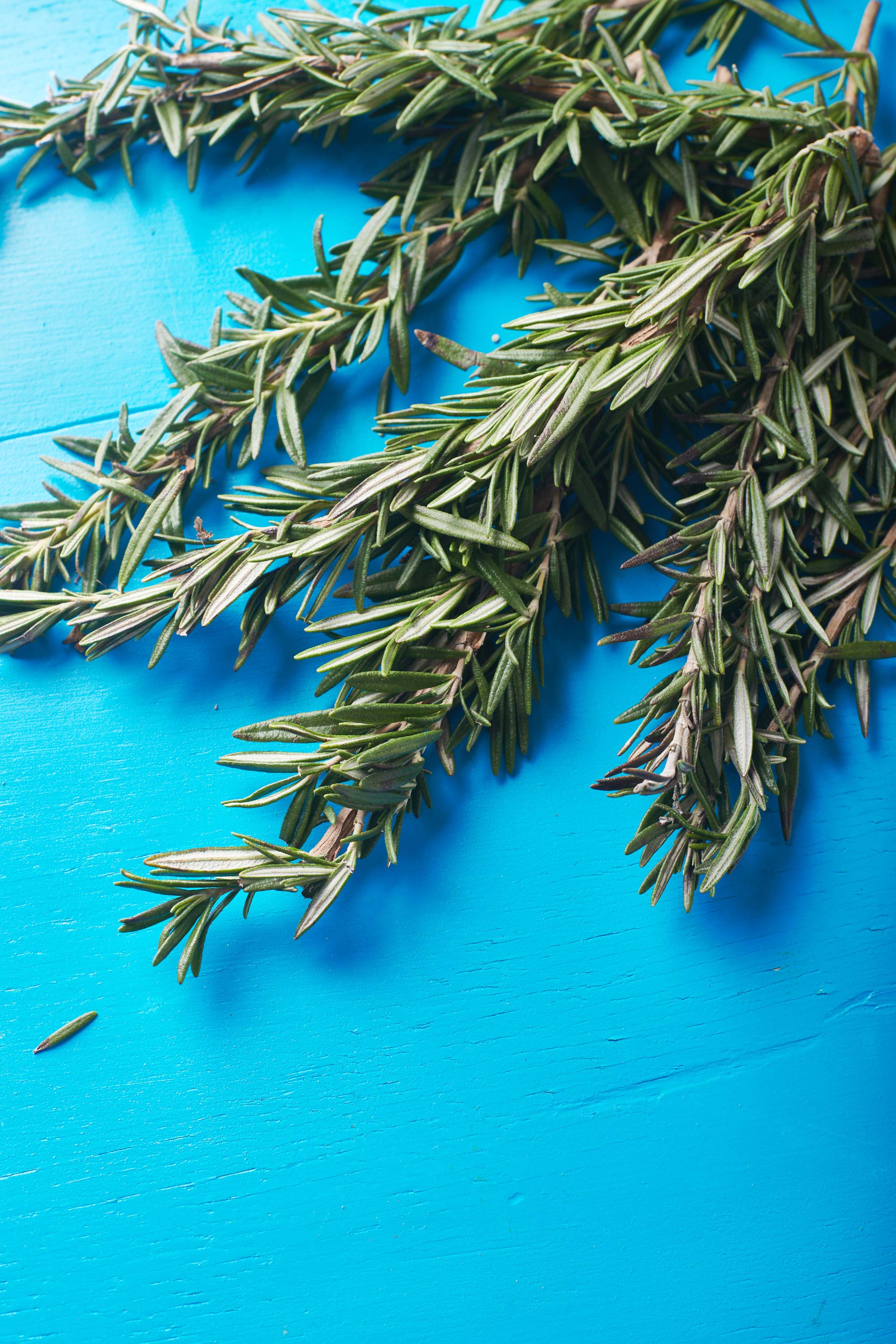
Everything You Wanted to Know About Rosemary
Rosemary has stiff, green, needlelike leaves attached to a woody branch. While easy to identify from its unique look, once you know the smell of rosemary, you can tell a rosemary plant from many feet away.
Rosemary is a very distinctive herb and one whose flavor is hard to substitute with another herb. Having said that, thyme and savory often complement the same ingredients as rosemary does. Sage can work well in meat, egg dishes, and poultry seasoning, and marjoram also can work as it has some hints of pine flavor. Mint is another possibility.
Native to the Mediterranean, rosemary did some hopping around (Egypt, China, Britain) before finding its way to America. It is actually part of the mint family.
Rosemary grows like crazy, so during peak season you may be looking for ways to use up a whole bunch of this herb. You can use rosemary sprigs as skewers and make kabobs for the grill or the oven.
You can also infuse olive oil with fresh rosemary. Place about 1/4 cup of fresh rosemary in a small non-reactive pot with 1 cup of olive oil. Heat over low heat for 10 minutes, not allowing the oil to come to a simmer. Remove from the heat and let cool to room temperature. Let the rosemary steep in the oil for an hour or two, then strain out and discard the rosemary. Pour the rosemary-infused oil into a clean, dry sealable jar and store it in the fridge for up to 10 days.
Or make this Lemongrass Cocktail, with a simple syrup infused with rosemary, lemongrass, and chiles!
Yes! Cut fresh rosemary into sprigs into 1- or 2-inch pieces and place them on a baking sheet. Freeze for a couple of hours until solid, then transfer the rosemary to a freezer-proof zip-top bag. Press out the excess air and freeze for up to 6 months.
Substituting Dried Rosemary for Fresh Rosemary
Dried rosemary can be substituted for fresh in many recipes, especially those that are cooked. Use 1 teaspoon of dried rosemary for 1 tablespoon fresh, so a 1:3 ratio of dried to fresh rosemary. For recipes and dishes that call for fresh rosemary that are not cooked, sometimes it’s ok to substitute dried, sometimes not.
Dried rosemary is pretty woody, so you need to make sure it has time to soften and blend into the dishes; dried rosemary is not so great for salad dressings, for instance, but fine for marinades.

How to Choose Fresh Rosemary
Fresh rosemary may be sold in bunches (particularly at farmers markets) or in small plastic containers. See below for how to store it once you bring it home. Avoid bunches with brown or falling-off leaves or leaves that look shriveled, dried, or damp.
How to Prepare and Cook With Fresh Rosemary
Sometimes recipes call for rosemary sprigs. This simply means to throw a whole “branch” of fresh rosemary in the stew or soup, or on a roast. The flavor will infuse the dish as it cooks, and then you can throw out the sprig before serving. Most often, rosemary is either called for as whole leaves (which you simply pluck off the sprig) or minced.
Any which way, rosemary is very hearty and can be added at the beginning of cooking as it stands up to long cooking times. Rosemary is a bold flavor that becomes stronger over the cooking time, so plan accordingly.
Rosemary is used regularly in Mediterranean cuisine and complements food such as soups, casseroles, stews, fish, breads, stuffings, meats, and roasted vegetables.

What NOT To Do When Chopping Rosemary

Rosemary never seems to chop well in a food processor! I’ve tried it many times, and the leaves just spin around and around. Better to use a sharp chef’s knife and a cutting board.
How to Strip Rosemary
Method 1: Using Your Fingers
- Hold the tip – Grab the very top of the rosemary sprig with one hand.
- Pinch and pull – With your other hand, pinch the stem near the top and run your fingers firmly down towards the base. The leaves will pop right on in a satisfying little shower.
- Chop if needed – For some recipes, you can leave the rosemary leaves whole. For others (like marinades or breads), give it a quick chop.

Method 2: Using an Herb Stripper
- Choose the hole size – Pick the hole in your herb stripper that best matches the thickness of your rosemary stem.
- Thread and pull – Insert the tip of the rosemary sprig into the hole, then pull it all the way through in one smooth motion.
- Gather your rosemary – The leaves will collect in a tidy pile, ready for chopping or tossing into your dish.
Pro Tips
- Make sure the rosemary is dry; wet leaves can stick to your fingers or to the stripper.
- Younger rosemary sprigs are softer and easier to strip than older, woodier ones.
- Save the stripped stems – toss them into soups or under a roasting chicken for extra flavor. Discard before serving.
Storage
Fresh rosemary on the stem will last for approximately 3 weeks if you wrap it in a slightly damp paper towel and then place the bundle in a sealable plastic bag or container. Place it in the crisper drawer for even better storage conditions (it’s not as cold as the back of the fridge).
Store stripped rosemary leaves in an airtight container in the fridge for up to a week, or freeze them for several months.
Recipes With Rosemary

How to Prepare Fresh Rosemary
Equipment
- Your fingers (free!)
- herb stripper (optional)
Ingredients
- Fresh rosemary sprigs (as many needed)
Instructions
Method 1: Using Your Fingers
- Hold the tip – Grab the very top of the rosemary sprig with one hand.
- Pinch and pull – With your other hand, pinch the stem near the top and run your fingers firmly down towards the base. The leaves will pop right off in a satisfying little shower.
- Chop if needed – For some recipes, you can leave the rosemary leaves whole. For others (like marinades or breads), give it a quick chop.
Method 2: Using an Herb Stripper
- Choose the hole size – Pick the hole in your herb stripper that best matches the thickness of your rosemary stem.
- Thread and pull – Insert the tip of the rosemary sprig into the hole, then pull it all the way through in one smooth motion.
- Gather your rosemary – The leaves will collect in a tidy pile, ready for chopping or tossing into your dish.
Notes
- Rosemary never seems to chop well in a food processor! I’ve tried many times, and the leaves just spin around and around. Better to use a sharp chef’s knife and a cutting board.
- Store stripped rosemary leaves in an airtight container in the fridge for up to a week, or freeze them for several months.



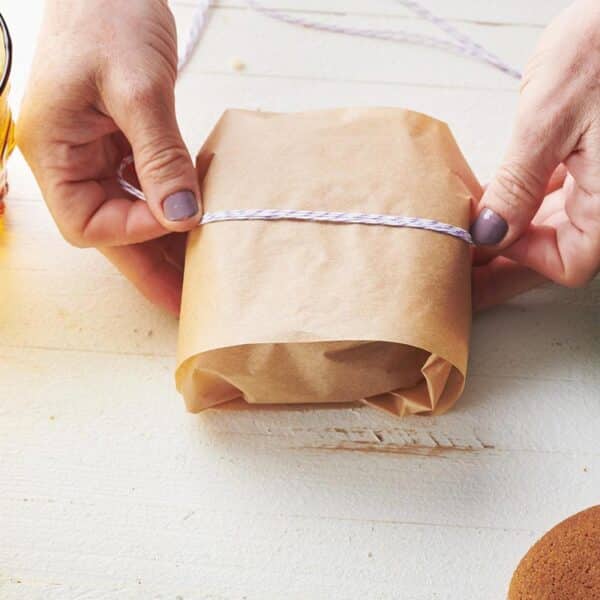
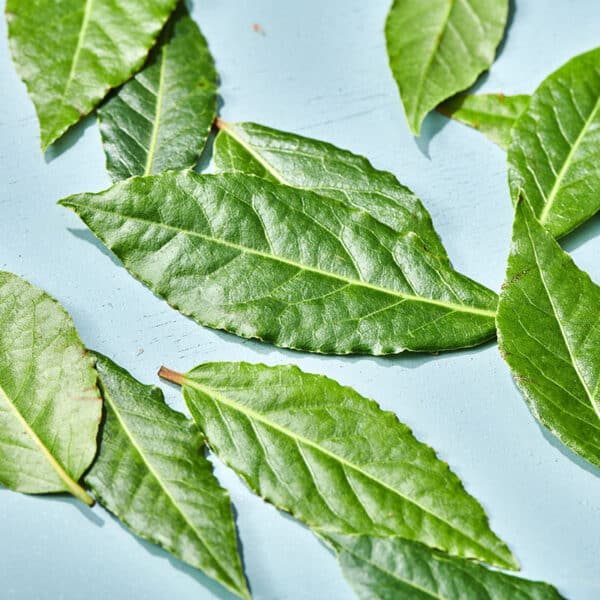
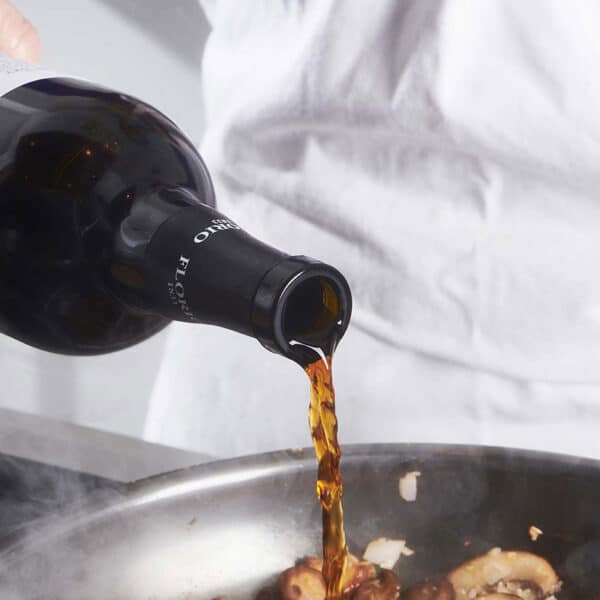
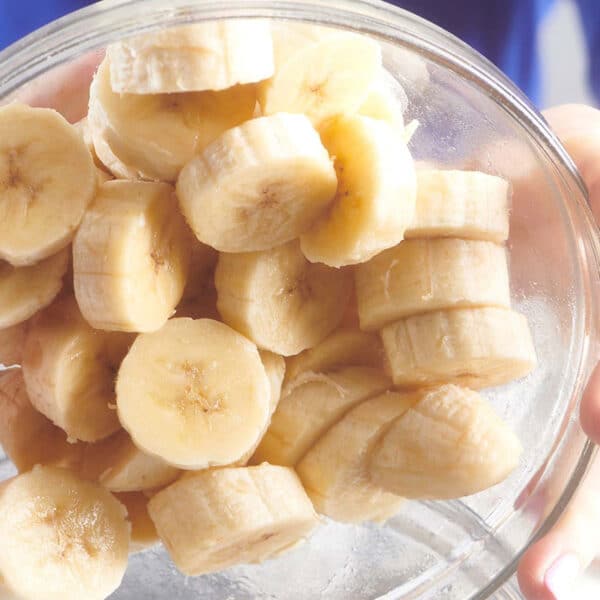









These tips made stripping fresh rosemary so much faster. Thanks!